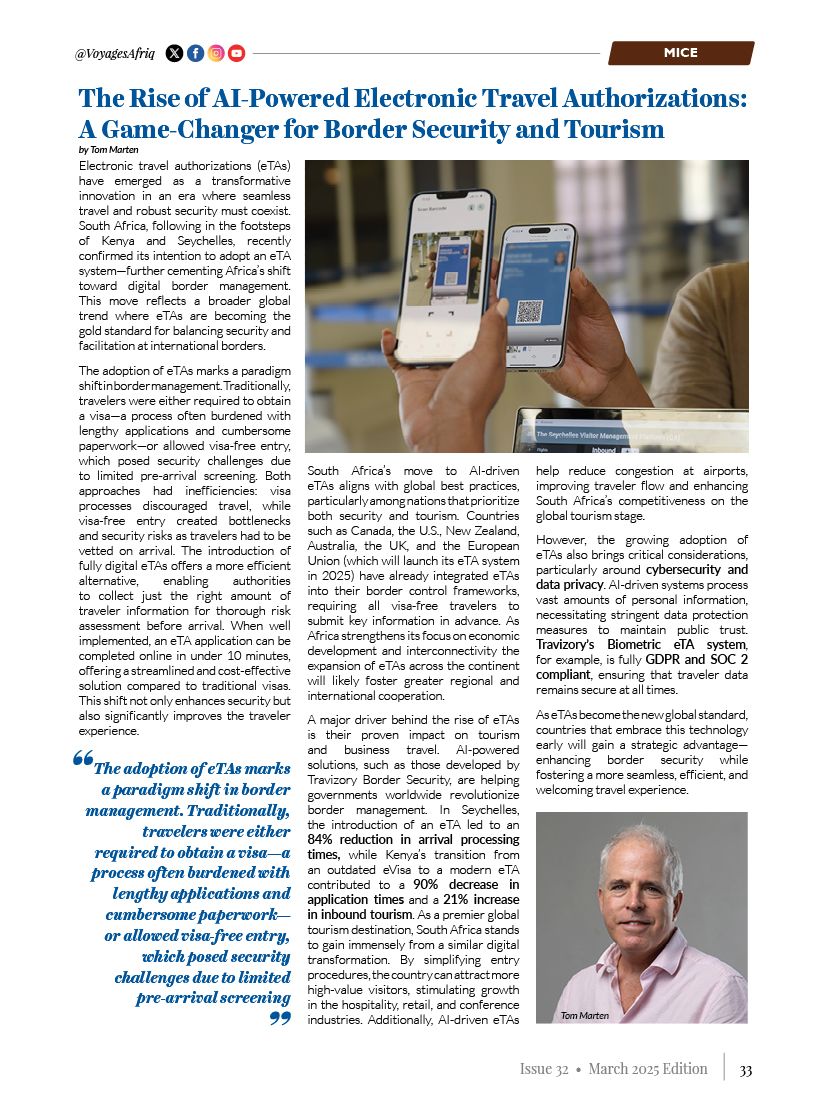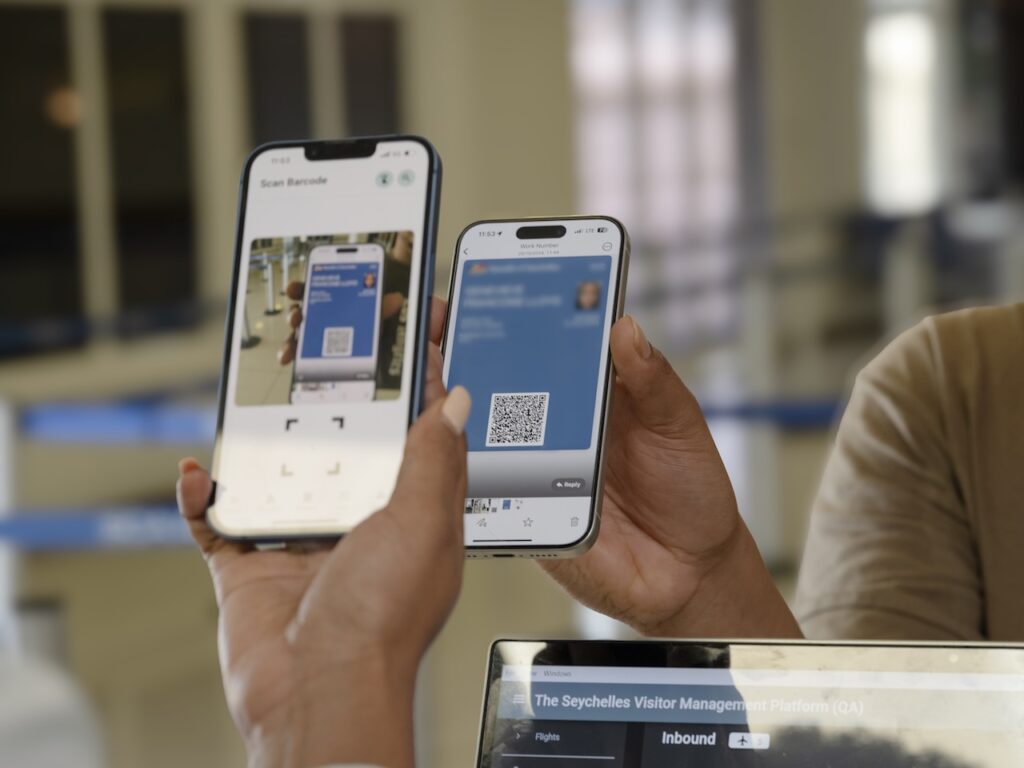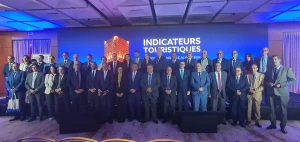Electronic travel authorizations (eTAs) have emerged as a transformative innovation in an era where seamless travel and robust security must coexist. South Africa, following in the footsteps of Kenya and Seychelles, recently confirmed its intention to adopt an eTA system—further cementing Africa’s shift toward digital border management. This move reflects a broader global trend where eTAs are becoming the gold standard for balancing security and facilitation at international borders.
The adoption of eTAs marks a paradigm shift in border management. Traditionally, travelers were either required to obtain a visa—a process often burdened with lengthy applications and cumbersome paperwork—or allowed visa-free entry, which posed security challenges due to limited pre-arrival screening. Both approaches had inefficiencies: visa processes discouraged travel, while visa-free entry created bottlenecks and security risks as travelers had to be vetted on arrival. The introduction of fully digital eTAs offers a more efficient alternative, enabling authorities to collect just the right amount of traveler information for thorough risk assessment before arrival. When well implemented, an eTA application can be completed online in under 10 minutes, offering a streamlined and cost-effective solution compared to traditional visas. This shift not only enhances security but also significantly improves the traveler experience.

South Africa’s move to AI-driven eTAs aligns with global best practices, particularly among nations that prioritize both security and tourism. Countries such as Canada, the U.S., New Zealand, Australia, the UK, and the European Union (which will launch its eTA system in 2025) have already integrated eTAs into their border control frameworks, requiring all visa-free travelers to submit key information in advance. As Africa strengthens its focus on economic development and interconnectivity the expansion of eTAs across the continent will likely foster greater regional and international cooperation.

A major driver behind the rise of eTAs is their proven impact on tourism and business travel. AI-powered solutions, such as those developed by Travizory Border Security, are helping governments worldwide revolutionize border management. In Seychelles, the introduction of an eTA led to an 84% reduction in arrival processing times, while Kenya’s transition from an outdated eVisa to a modern eTA contributed to a 90% decrease in application times and a 21% increase in inbound tourism. As a premier global tourism destination, South Africa stands to gain immensely from a similar digital transformation. By simplifying entry procedures, the country can attract more high-value visitors, stimulating growth in the hospitality, retail, and conference industries. Additionally, AI-driven eTAs help reduce congestion at airports, improving traveler flow and enhancing South Africa’s competitiveness on the global tourism stage.
However, the growing adoption of eTAs also brings critical considerations, particularly around cybersecurity and data privacy. AI-driven systems process vast amounts of personal information, necessitating stringent data protection measures to maintain public trust. Travizory’s Biometric eTA system, for example, is fully GDPR and SOC 2 compliant, ensuring that traveler data remains secure at all times.
As eTAs become the new global standard, countries that embrace this technology early will gain a strategic advantage—enhancing border security while fostering a more seamless, efficient, and welcoming travel experience.
This article was published in the Issue 032 of VoyagesAfriq Travel Magazine







